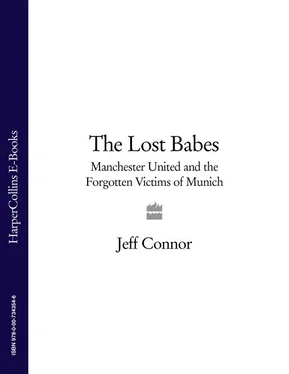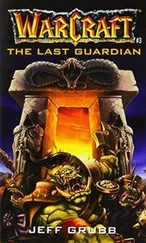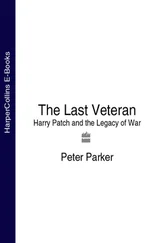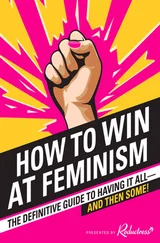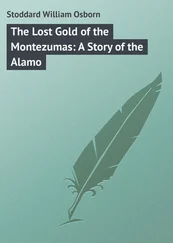In Manchester, Salford, Stretford and Stockport combined, the death toll was 596 with 2,320 injured, 719 seriously. Police, fire and Civil Defence services paid the price of their bravery and diligence with sixty-four dead. For many who were uncomprehending children in Manchester at the time, the memories of Christmas, 1940, are not of carols, crackers and paper decorations but of the crump of high explosives, the chatter of ack-ack guns, a skyline lit by flames and the men and women in blue uniforms and tin hats ushering them towards the nearest Anderson shelters or into dank cellars under shattered office buildings.
On 11 March 1941 the Luftwaffe bombers were back, this time with the specific targets of the Port of Manchester and the vast industrial complexes of Trafford Park. Among other contributors to the war effort, this was home to the munitions factory of Vickers and the Ford Motor Company, builders of Rolls Royce engines. The vast silos of Hovis Flour Mill holding grain imported from the United States and the bakery mills of Kemp’s and Kelloggs, had also been targeted. All of these stood less than half a mile away from the stands of Manchester United Football Club on Warwick Road North. It may be fanciful to suppose that one Heinkel 111 was crewed exclusively by Bayern Munich or Borussia Dortmund fans, but the air-craft’s bombardier did manage to fulfil the ultimate fantasies of millions of rival supporters then and since, by landing one stick squarely on Old Trafford.
By daylight next day, the stadium, hailed by the Sporting Chronicle on its opening in 1910 as ‘the most handsomest [sic], the most spacious and unrivalled in the world’, was a smouldering ruin. Shrapnel covered the terraces, the turf was badly scorched and the main stand obliterated. It was a wasteland.
Perfunctory attempts were made over the next five years to clear the rubble, employing, in the main, Italian prisoners of war bussed in from an internment camp at Tarporley, in Cheshire, but the sight that greeted the soon-to-be demobbed Company Sergeant Major Matt Busby, of the Ninth Battalion of the King’s Liverpool Regiment, when he arrived to take over as the club’s first post-war manager on 22 October 1945 was one of forbidding desolation. This was a man who was to demonstrate a mastery of the art of renewal over the next two decades, but this initial labour was one to tax the gods, let alone a thirty-six-year-old retired footballer with little experience of management.
Most historians who set out to chronicle the story of Manchester United manage to compress the period from 1878 to the time of the Scot’s arrival at the shattered ground in 1945 into a couple of sentences, such was his impact on the club, and football in general, over the next three decades. But it is worthwhile considering how appallingly mundane Manchester United was prior to the mid-Forties, if only to underpin the popular view that this was truly one of the great football managers, and one who was to create three great sides, of three distinct species, over three different eras.
The two decades before Busby’s arrival had been distinguished only by uninterrupted mediocrity—with poor results on the field, low attendances and escalating debt. It was a sequence that reached its nadir in the 1930-31 season when the club, then in the Football League Division Two, went down to six-goal defeats at the hands of Chelsea and Huddersfield. The long-suffering fans, their discontent exacerbated by the fact that local rivals Manchester City were enjoying a period of success, voted with their feet—with fewer than 11,000 watching the 7-4 home defeat to Newcastle United later in the season.
The discontent on the terraces, as it has at every football club since in similar dire situations, became more and more strident. Pressure groups organized the distribution of leaflets outside the ground demanding a new manager, an improved scouting system and new signings. And, as at every football club since, the board ignored all the entreaties and insisted they would go their own way. By the last game of the season, a 4-4 draw with Middlesbrough, most of the support had had enough and only 3,900 were scattered around a stadium that had become a sporting necropolis. In that disastrous season, Manchester United had lost twenty-seven matches, won seven and conceded 115 goals. The board finally decided that enough was enough.
The hapless manager, Herbert Bamlett, a former football league referee who went to work in a bowler hat, was summarily dismissed and secretary Walter Crickmer and chief scout Louis Rocca took over the running of the team. But the damage was almost irreversible and by the end of the 1930-31 season the club was virtually bankrupt. It was clear a miracle, and a miracle worker, was required.
Matt Busby is often cast in the role of the saviour of Old Trafford, the figure who managed to turn brackish water into splendid red wine, but even he would later admit that the recovery was begun, and sustained, by a local businessman, James Gibson. Gibson, who had made his money in refrigeration storage and knitwear, had been introduced to Crickmer by Rocca, the ubiquitous figure who was officially the club’s chief talent-spotter, but a man with power and influence at the club, too.
On 21 December 1931, the club secretary, who did not drive, caught a bus out to posh Hale Barns in leafy Cheshire to meet Gibson at his home. The potential benefactor had a Christmas gift that the incredulous Crickmer could hardly refuse: £2,000 to be placed at the club’s disposal immediately and more funds available if the board would reconstitute itself. He would also guarantee the wages of a group of increasingly discontented employees—£8 a week for the first team and fifteen shillings a week for the part-timers and ground staff—and act as guarantor for the club’s liabilities. When Crickmer hesitatingly asked what Gibson expected in return for this largesse, the answer was gratifyingly little: he should be elected president and chairman of the new board of directors with immediate effect. Apart from that, nothing, not even repayment of the debt.
Gibson was not, however, the boardroom posturer we have come to associate with so many football clubs, and this shrewd and far-sighted man got to work on the revival of the club at once. He proposed a new issue of ‘Patron’s Tickets’—an early form of debentures—to raise funds, and although the response to the scheme was lukewarm, it was enough for the new chairman to commit even more of his own funds to the cause. On the playing side, Crickmer and Rocca were able to return to their regular duties when Gibson appointed Scott Duncan as manager and, after escaping relegation in 1933-34, the long climb back to respectability began.
Duncan, a Scot from Dumbarton who wore a carnation in his buttonhole and travelled to work in white spats, seldom left his office, but after a shaky start he proved a canny operator and delegator and the following season, 1934-35, United finished fifth in the league, then put together a nineteen-match unbeaten run at the end of the 1935-36 season to earn promotion back to Division One.
Off the field, Duncan made two of the most significant signings in the club’s pre-war history with a classy insideforward called Stan Pearson joining them in 1936 and a barnstorming, confrontational striker, Jack Rowley, arriving a year later. Pearson, a local boy from Salford, was seventeen when he made his United debut and over the next seventeen years was regarded as the brains of a side that won, under Busby’s management, the FA Cup in 1948 and the First Division title in 1952.
Rowley, known as Gunner as much for his service as an anti-tank operator in the South Staffordshire Regiment during the war as his ferocious striking of a leather caseball (a club record thirty-nine goals in that championship-winning season of 1951-52), had slipped through the net of Major Frank Buckley at his home-town club Wolverhampton Wanderers, but made an indelible mark at Old Trafford with a robust and aggressive approach to the game and life in general. Old Trafford apprentices learned to live in fear of Rowley’s frequent outbursts and even Busby was to have problems with the player’s volatile temperament.
Читать дальше
